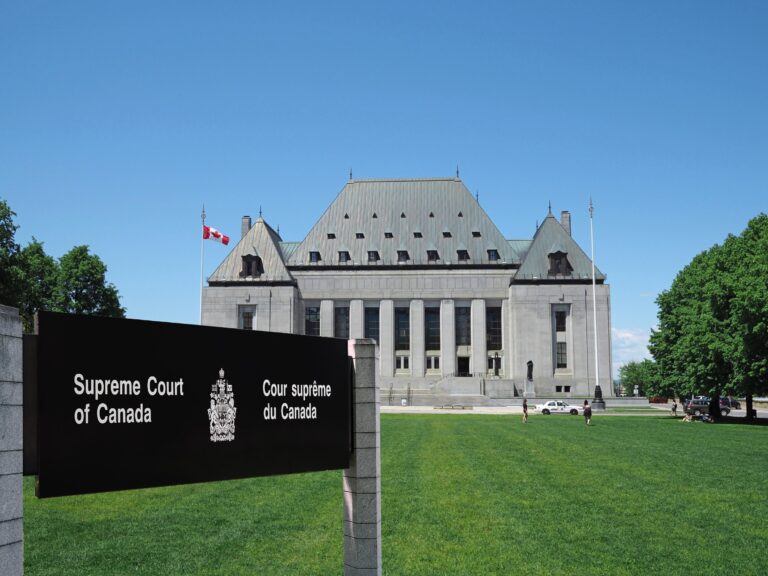Supreme Court Health Care Decision Will Hurt Patients

- 2005 Supreme Court Decision: Quebecers have the right to access private health care
- 2023 Supreme Court Decision: The rest of the country does not
CALGARY, AB: Think tank SecondStreet.org responded to today’s Supreme Court decision – which rejected the Cambie Surgeries Corporation v. British Columbia (Attorney General) appeal – with deep concern. The Supreme Court’s decision not only leaves Quebecers with more health care rights than everyone else in Canada, but provincial governments will continue to be allowed to ration health care in this country while blocking patients from accessing private health care.
No other developed nation on earth does this.
“Today’s Supreme Court decision is disappointing for patients,” said SecondStreet.org President Colin Craig. “How can the Supreme Court conclude in 2005 that Quebecers can pay for private surgery, but decide today that the rest of the country cannot? Patients would benefit if we kept the public system, but allowed Canadians the option of paying for surgery at private clinics. Countries with better performing universal health care systems allow this choice.”
In 2005, the Supreme Court of Canada famously concluded in the Chaoulli v Quebec case: “Access to a waiting list is not access to health care.” This decision found that the Quebec government could not ration health care to citizens while blocking them from paying for private health care.
Since 2009, Dr. Brian Day and the Cambie Surgery Centre have sought to expand this decision beyond Quebec, arguing that B.C. legislation similarly restricts private health options. The Cambie case had the potential to expand the same rights and privileges that Quebecers have to the rest of Canada.
SecondStreet.org has gathered government data showing at least 41,620 patients have died while waiting for surgery and diagnostic scans since 2018-19. Many of these patients died while waiting for procedures which could improve their quality of life (e.g. hip operations), but the data also includes cases where patients died while waiting for potentially life-saving treatment. There have been many public cases in recent years where patients died while waiting for life-saving treatment – Shannon Anderson, Jerry Dunham, Michel Houle, Laura Hillier and more.
You can help us continue to research and tell stories about this issue by making a donation or sharing this content with your friends. Be sure to sign up for our updates too!


